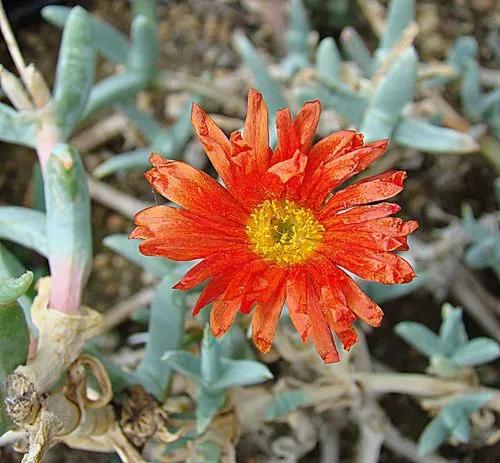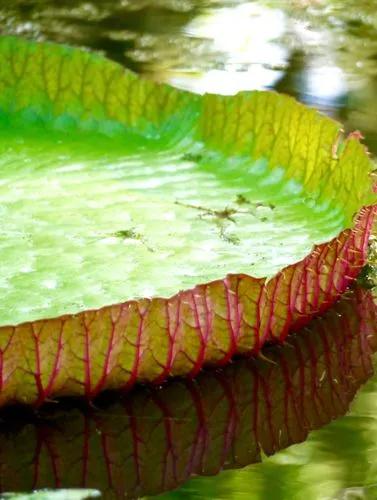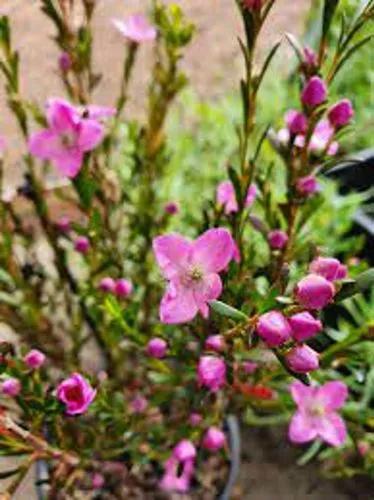Romneya coulteri (Coulter's Matilija poppy) is species of flowering plant in the poppy family. This poppy is native to southern California and Baja California, where it grows in dry canyons in chaparral and coastal sage scrub plant communities, sometimes in areas recently burned.It is a popular ornamental plant, kept for its large, showy flowers. This is a shrub which may exceed two meters in height, its woody stem growing from a network of rhizomes. The gray-green, waxy-textured leaves are each divided into a few lance-shaped lobes, the blades growing up to 20 centimeters long. The inflorescence is a large, solitary flower with six crinkly white petals each up to 10 centimeters long. At the center of the flower is a cluster of many yellow stamens. The fruit is a bristly capsule 3 or 4 centimeters long containing many tiny seeds. This plant bears the largest flowers of any species native to California, rivaled only by Hibiscus lasiocarpos. It was nominated for the honor of California state flower in 1890, but the California poppy won the title in a landslide. A closely related species, Romneya trichocalyx, has more spiny sepals on the flower buds and overall smaller plant and flowers.
California Tree-poppy Care
Romneya Coulteri



How to Care for the Plant

Water

Once it’s established, you should never need to irrigate your Coulter’s matilija poppy again.

Pruning

In California, romneya coulteri should be cut back to 6″ above the ground in late summer or in the fall.

Fertilizer

Fertilizer is not needed for this plant. It may be helpful when the plant is very young, but it’s just not necessary.

Sunlight

Full sun is perfect for this plant type.

Soil

Sandy to gravelly soil with a pH range between 5-8 is ideal for this plant.

Temperature

It’s able to stand typical southern California heat with no problem at all, but like many native to California plants, it dries out during the summer.

Popularity

213 people already have this plant 67 people have added this plant to their wishlists
Discover more plants with the list below
Popular articles






